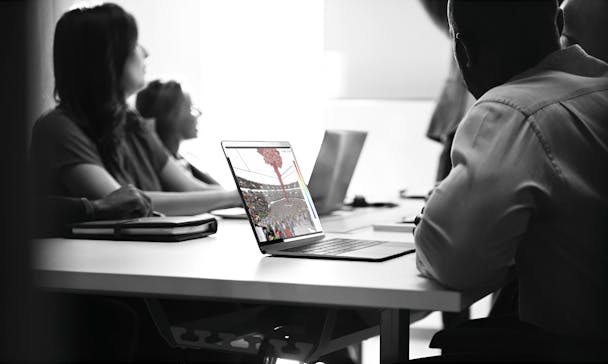Pedestrian movement clarity without complexity

Version: 2012.1
August 2, 2012
This release adds a 64-bit version, direct import capability for AutoDesk DWG files, and performance improvements that cut run time in half.
This version of Pathfinder uses version 1.6.0_31 of the Java Runtime Environment.
This version includes a fix for ATI graphics cards and a fix for certain 3D Results animations.
Use one of the links below for information about activating your license

Learn the Fundamentals